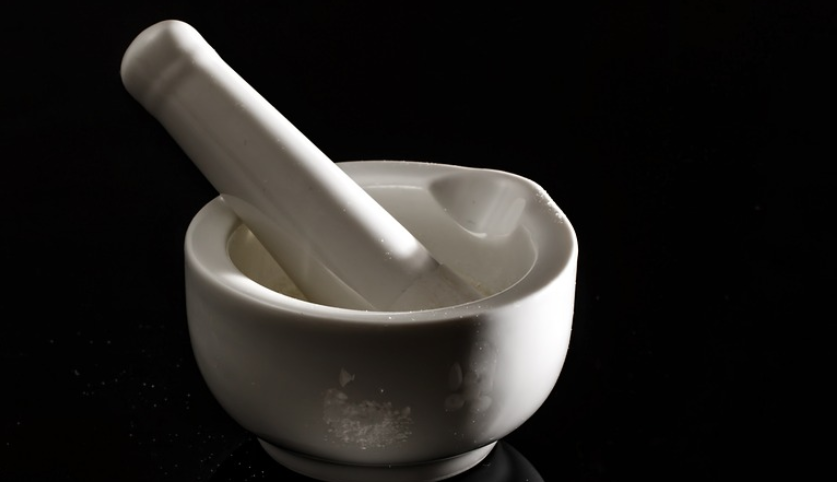Introduction
Chemical functional groups are the molecular structures that determine the chemical and physical properties of a molecule. They are the groups of atoms that are responsible for the chemical reactions that occur in the molecule. Understanding these functional groups is essential for students and professionals in the fields of chemistry, biochemistry, and pharmacology.
What are Chemical Functional Groups?
Chemical functional groups are the groups of atoms that are responsible for the chemical and physical properties of a molecule. These groups of atoms can include carbon, hydrogen, oxygen, nitrogen, and sulfur. They are classified based on their structure and reactivity.
Types of Chemical Functional Groups
There are several types of chemical functional groups, including: 1. Alkanes 2. Alkenes 3. Alkynes 4. Aromatic compounds 5. Alcohols 6. Aldehydes 7. Ketones 8. Carboxylic acids 9. Esters 10. Amides 11. Amines 12. Halides
Alkanes
Alkanes are hydrocarbons that contain only single bonds between carbon atoms. They are also called saturated hydrocarbons because they are fully saturated with hydrogen atoms. The general formula for alkanes is CnH2n+2.
Alkenes
Alkenes are hydrocarbons that contain at least one carbon-carbon double bond. They are unsaturated hydrocarbons because they can undergo addition reactions to form new bonds. The general formula for alkenes is CnH2n.
Alkynes
Alkynes are hydrocarbons that contain at least one carbon-carbon triple bond. They are also unsaturated hydrocarbons that can undergo addition reactions. The general formula for alkynes is CnH2n-2.
Aromatic Compounds
Aromatic compounds are organic compounds that contain a benzene ring. They are characterized by their stability and unique properties. Examples of aromatic compounds include benzene, toluene, and naphthalene.
Alcohols
Alcohols are organic compounds that contain a hydroxyl (-OH) group. They are characterized by their ability to form hydrogen bonds and their reactivity in chemical reactions. Examples of alcohols include ethanol, methanol, and isopropanol.
Aldehydes
Aldehydes are organic compounds that contain a carbonyl group (-CHO). They are characterized by their ability to undergo oxidation reactions. Examples of aldehydes include formaldehyde, acetaldehyde, and benzaldehyde.
Ketones
Ketones are organic compounds that contain a carbonyl group (-C=O) that is not at the end of the molecule. They are characterized by their ability to undergo nucleophilic addition reactions. Examples of ketones include acetone, MEK, and cyclohexanone.
Carboxylic Acids
Carboxylic acids are organic compounds that contain a carboxyl group (-COOH). They are characterized by their acidity and reactivity in chemical reactions. Examples of carboxylic acids include acetic acid, citric acid, and lactic acid.
Esters
Esters are organic compounds that contain a carbonyl group (-COO-) that is not at the end of the molecule. They are characterized by their pleasant odors and their use in perfumes and flavors. Examples of esters include ethyl acetate, butyl acetate, and methyl salicylate.
Amides
Amides are organic compounds that contain a carbonyl group (-CONH2). They are characterized by their ability to form hydrogen bonds and their reactivity in chemical reactions. Examples of amides include acetamide, formamide, and N,N-dimethylacetamide.
Amines
Amines are organic compounds that contain a nitrogen atom with a lone pair of electrons. They are characterized by their basicity and their reactivity in chemical reactions. Examples of amines include ethylamine, aniline, and triethylamine.
Halides
Halides are organic compounds that contain a halogen atom (fluorine, chlorine, bromine, or iodine). They are characterized by their reactivity in chemical reactions and their use in organic synthesis. Examples of halides include methyl chloride, ethyl bromide, and benzyl fluoride.
Conclusion
Chemical functional groups are essential in understanding the chemical and physical properties of organic compounds. This comprehensive guide provides an overview of the different types of chemical functional groups and their characteristics. By understanding these functional groups, students and professionals can better understand the reactivity and behavior of organic compounds in chemical reactions.

